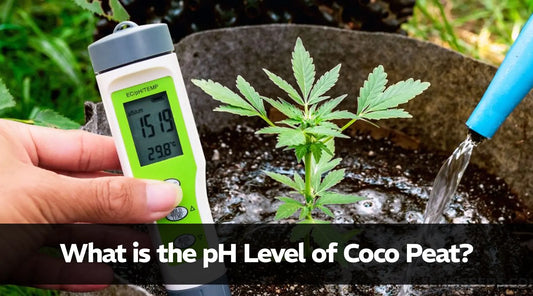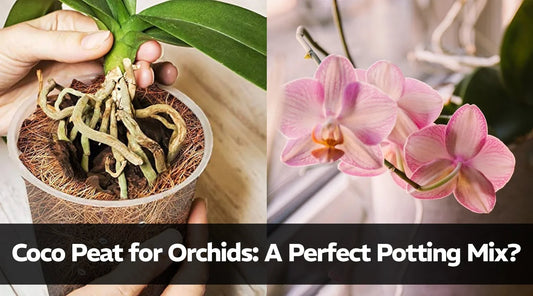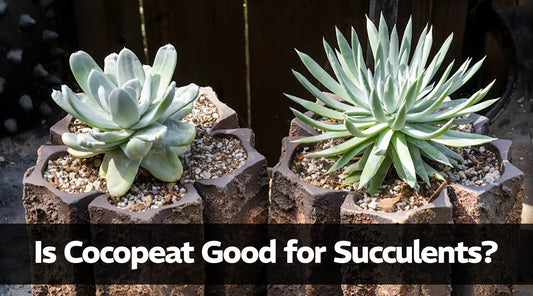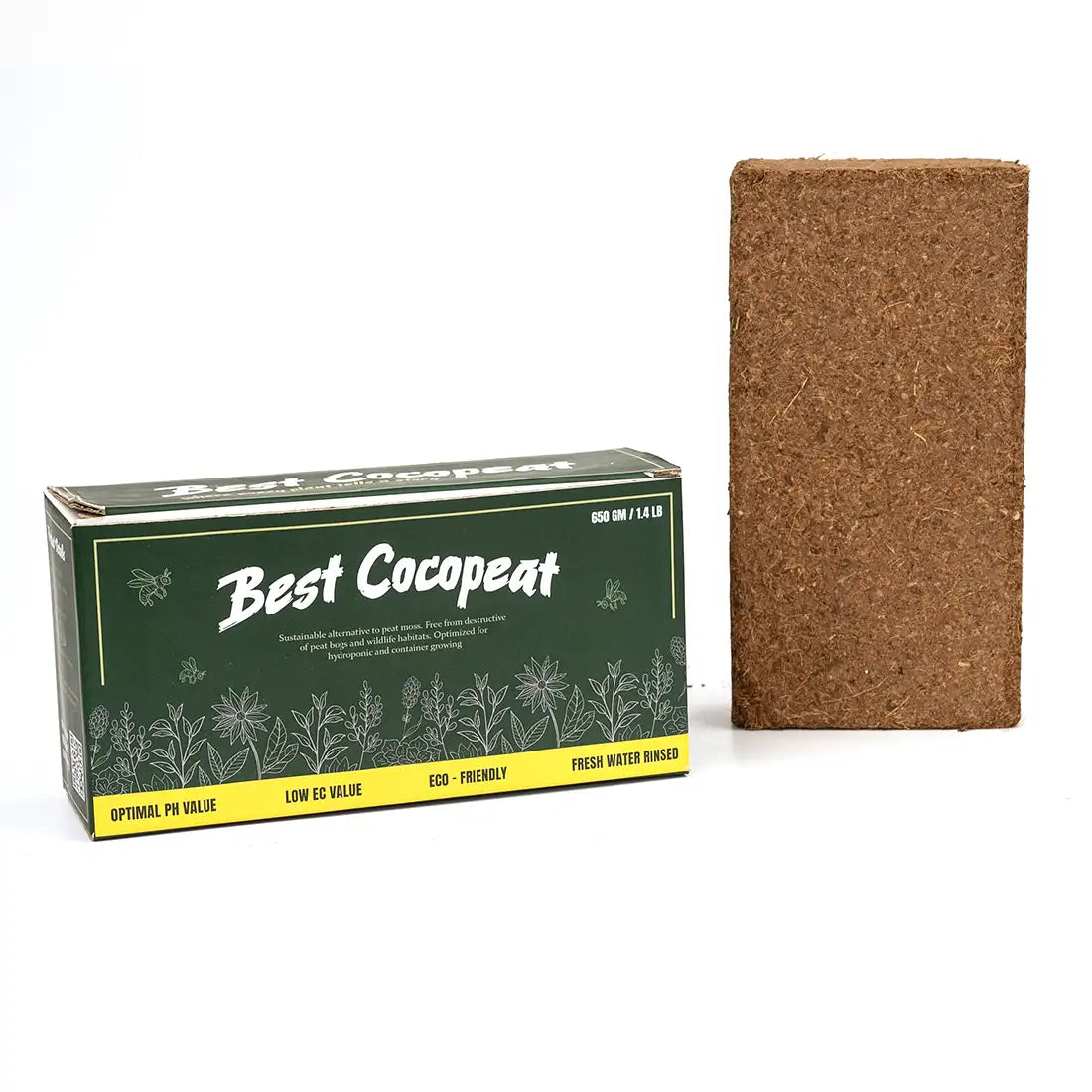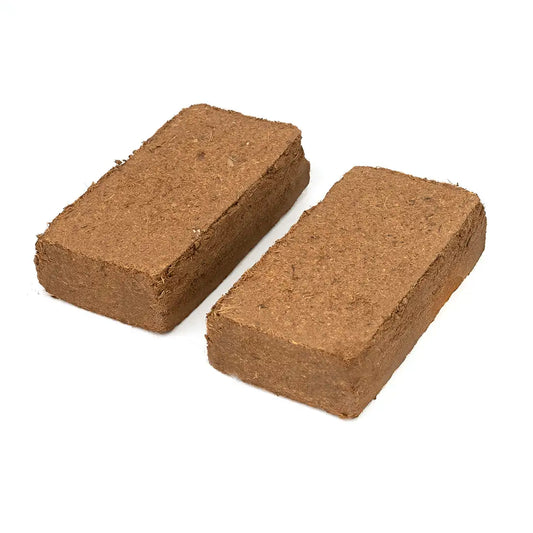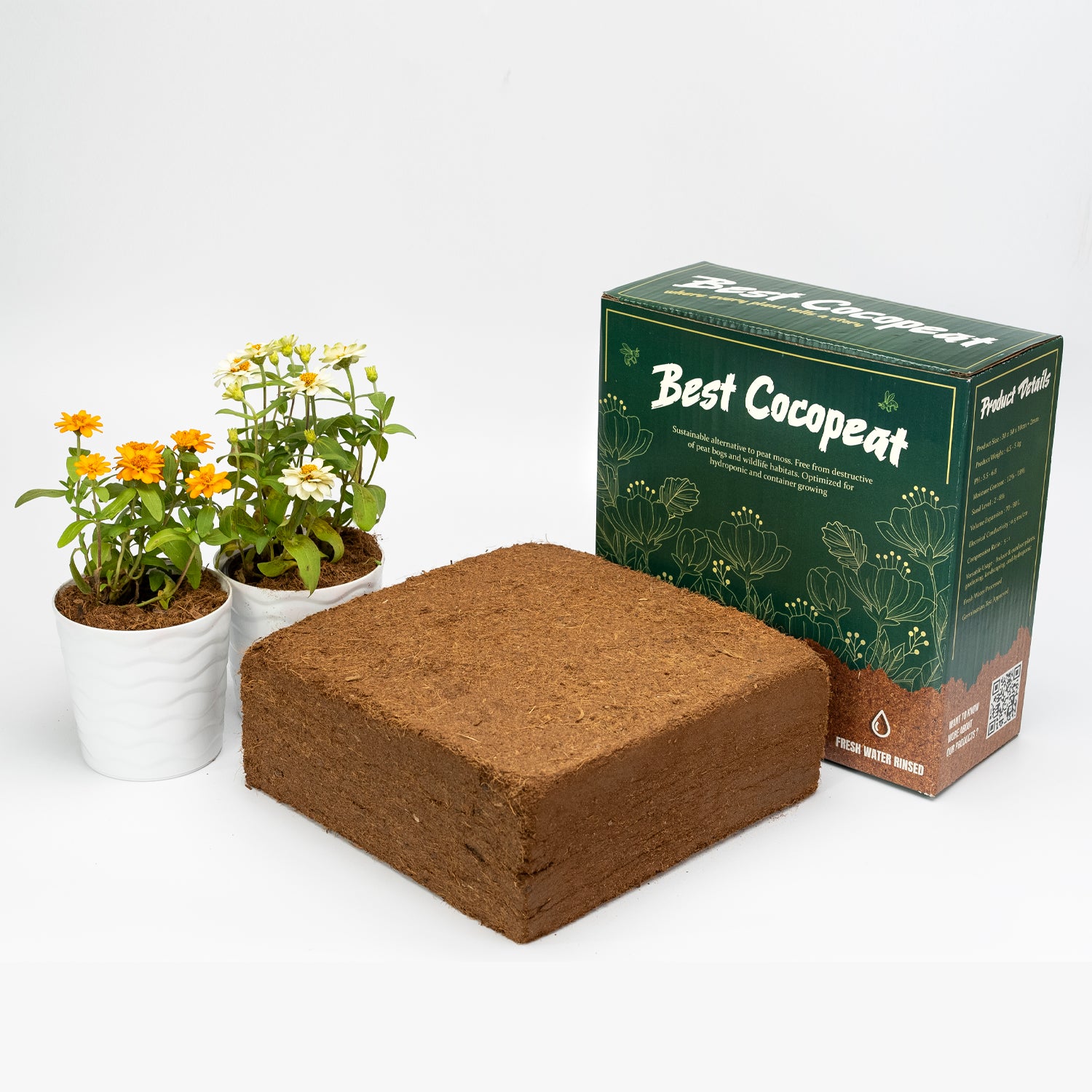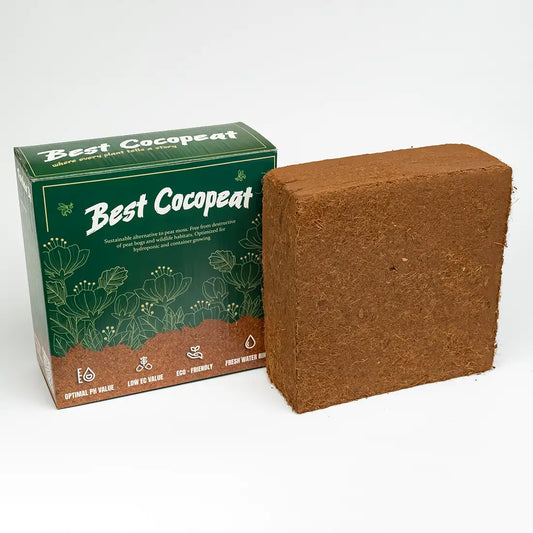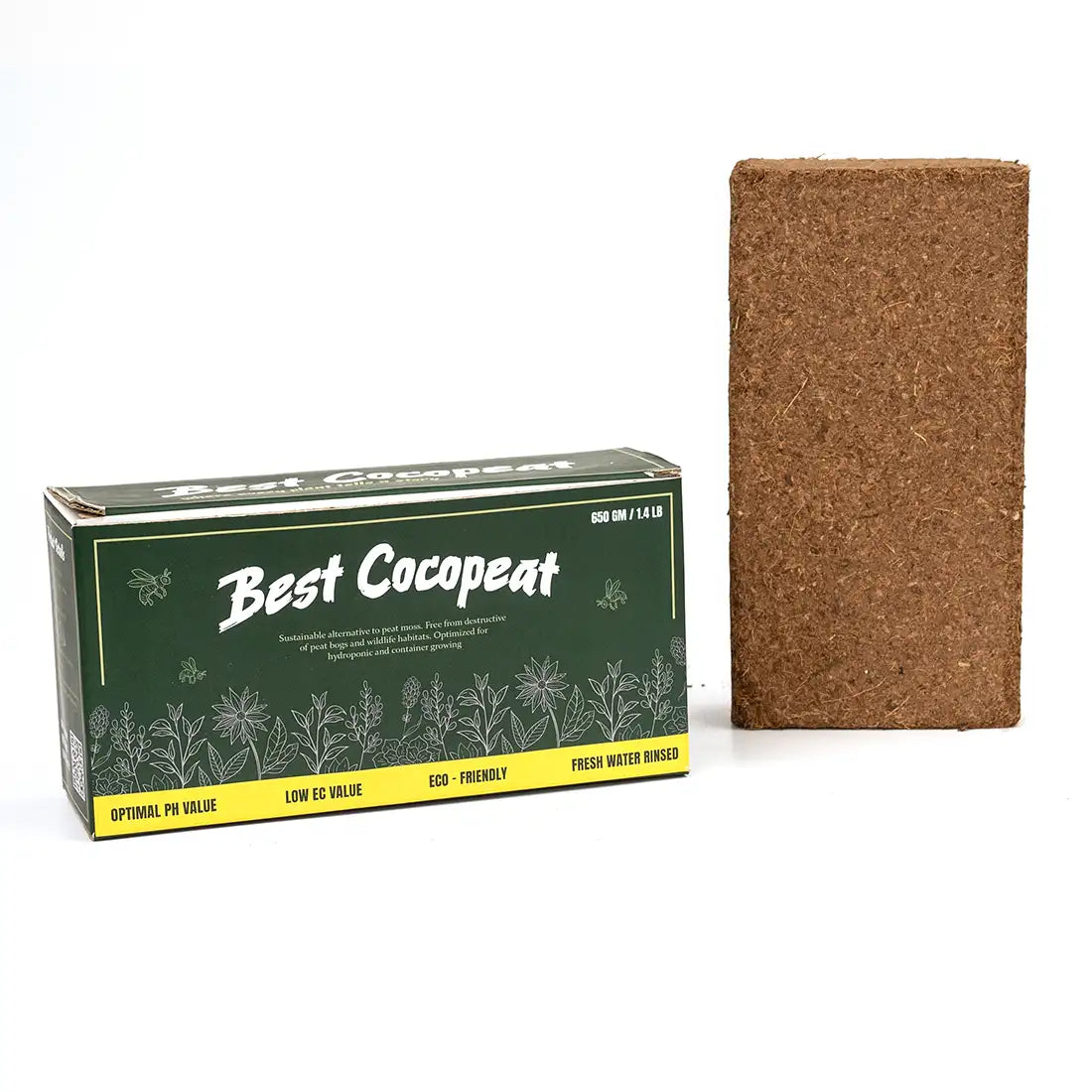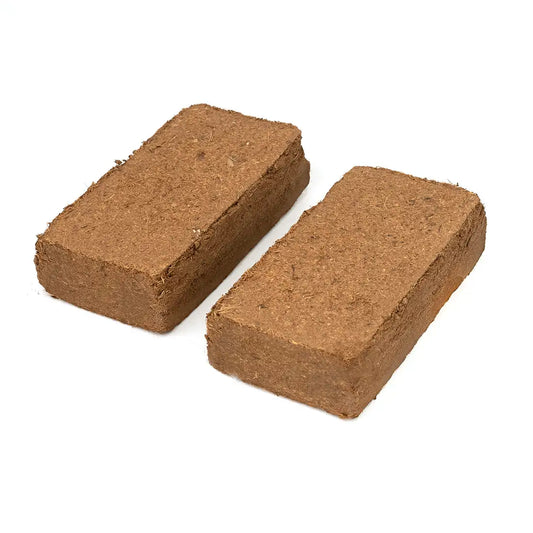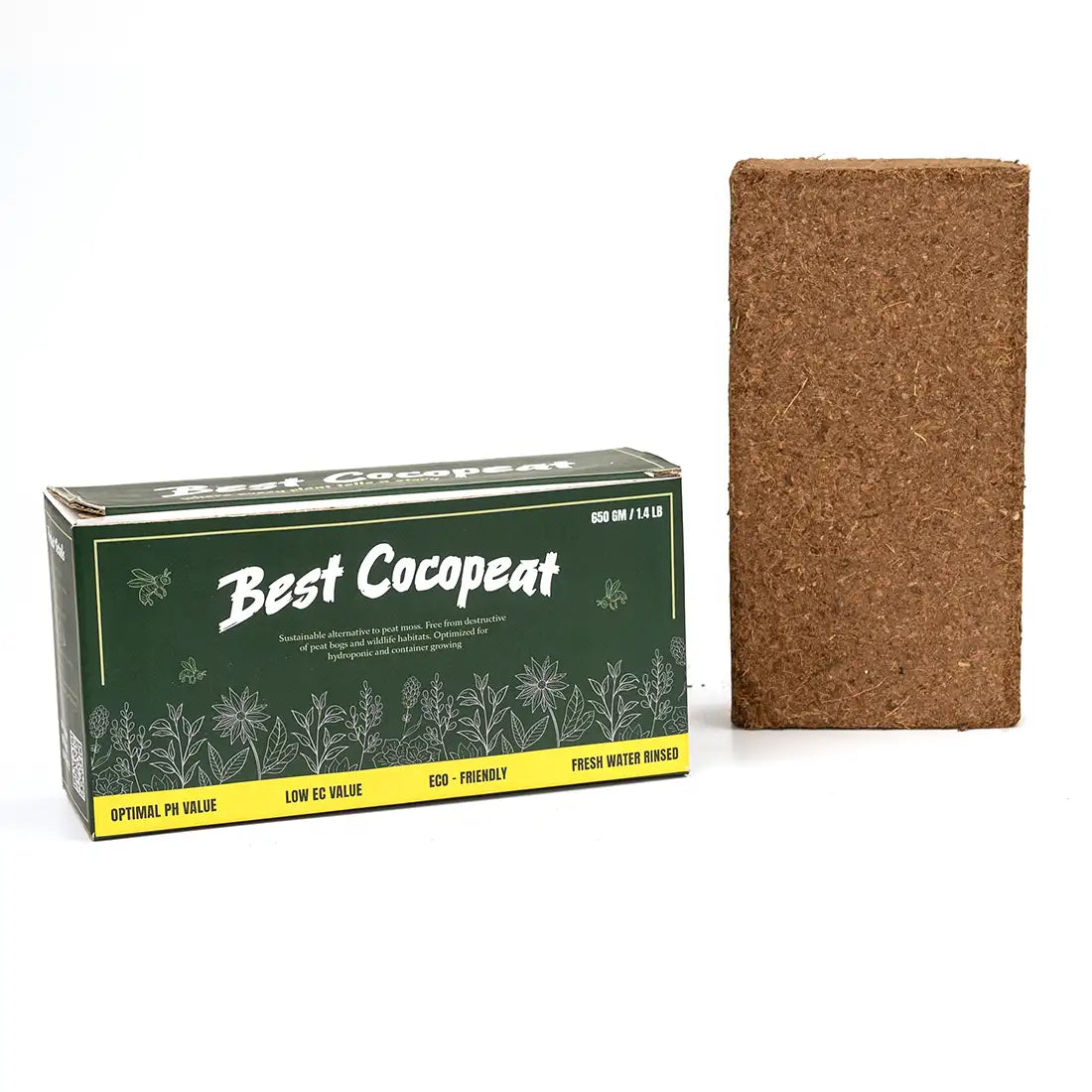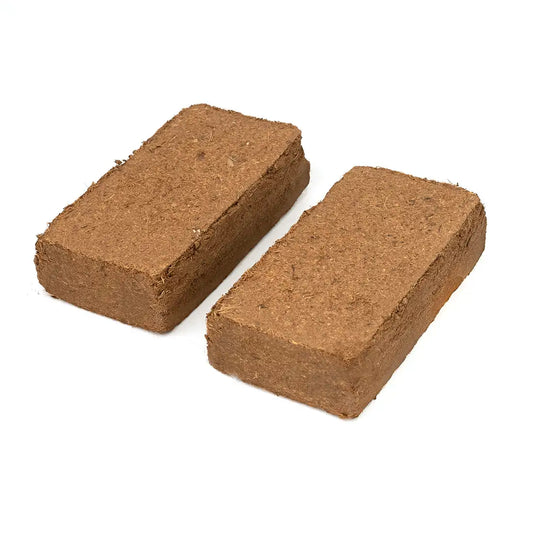Gardeners all over the world now prefer to reuse cocopeat for growth because of its root-friendly structure, sustainability, and capacity to absorb moisture. Cocopeat performs extremely well whether you're producing flowers, veggies, or herbs, but how many times can you use it before its quality starts to get worse?
We'll look at how long cocopeat lasts, how to get it ready for reuse, and when to remove it from your garden in this part. If you want to get the most out of using coco peat, this guide will help you do just that.
What Is Cocopeat?
The husk of coconuts is utilised to make cocopeat, often referred to as coir dust or coir pith, once the long fibres have been cut off. It often comes in compressed forms, such as a cocopeat block, which greatly expands when soaked in water. This airy, light medium easily drains any extra water, retains moisture, and gives roots excellent aeration.
Coco peat is considered as an environmentally beneficial substitute for peat moss and artificial soil additions due to its organic, biodegradable, and recyclable nature.
Is It Possible to Reuse Cocopeat?
The fact that cocopeat for plants may be reused multiple times makes it both cheap and environmentally friendly. Depending on how it is treated and what crops are produced there, cocopeat can usually be used up to three times.
What affects its potential for reuse is as follows:
-
Type of plants grown: Herbs and leafy greens may restore nutrients more quickly than heavier feeders like tomatoes or cucumbers.
-
Length of growing cycles: There is less pressure on the medium when crop cycles are shorter.
-
Water quality: Salt collection over time can be brought on by hard water or high-salt nutrition solutions.
-
Maintenance: The longevity of cocopeat can be increased with routine cleaning and sterilization.
Cocopeat should last two to three cycles in hydroponics or in pots before its structure begins to degrade with the right maintenance.
How Cocopeat Can Be Safely Reused
The reuse of cocopeat is simple, but a few measures will ensure your plants get the strongest possible growing environment:
1. Clear Trash from Old Plants
Comb through the coco peat soil to get rid of any decomposed stuff, including roots and stems, after harvesting or removing an old plant. Leaving expired trash behind might carry diseases or attract bugs.
2. Clean the Cocopeat and Wash It Out
Salts from hard water and fertilisers can be deposited in the medium over time. Excess salts can be eliminated by washing the cocopeat with clean water. Soak it for a few hours and then drain it well for the best outcomes.
3. Clean Between Uses (Optional)
If you're worried about bugs, fungi, or bacteria, you can clean your used cocopeat. Soaking it in a solution of potassium permanganate or mild hydrogen peroxide will help with this. Rinse well afterwards.
4. Fill Up with Nutrients
Before reusing, think about boosting it with compost, worm castings, or organic fertilizer because used cocopeat may have lost some of its natural nutrients and absorbing ability.
When to Stop Using Cocopeat Again
Coco peat lasts a long time, but not forever. Fibres eventually start to break down into smaller pieces, which lowers air availability and increases compression. The following are indicators that it's time to stop reusing cocopeat:
-
The medium remains wet for a longer period than normal.
-
Improper air circulation and drainage
-
Moldy or musty smell
-
Plant growth that is weaker or slower
You can still make good use of old cocopeat at this point by adding it to compost piles or garden beds as a soil additive.
Advice for Maximizing the Benefits of Your Cocopeat
-
Clean or unused cocopeat should be kept dry and cool to maintain its quality and avoid moisture accumulation.
-
Cocopeat should be kept in airtight containers or open bags to avoid the growth of mold.
-
To preserve structure, mix fresh cocopeat with recycled cocopeat.
-
To minimize nutrient strain, alternate between crops that require heavy and light feeding.
Using Cocopeat: An Effective Move Towards Sustainable Gardening
Using cocopeat lowers waste and the expense of producing plants, whether you're using hydroponics, raised beds, or pots. Cocopeat promotes a more environmentally friendly gardening method because of its eco-friendliness and reusability.
You can keep your plants healthy season after season without having to swap out your growing medium frequently if you know how to reuse, preserve, and know when to retire coco peat.
When looking for long-lasting, high-quality cocopeat, make sure to get a premium block from a reliable supplier. The Best Cocopeat will always provide your garden with the boost it needs.

